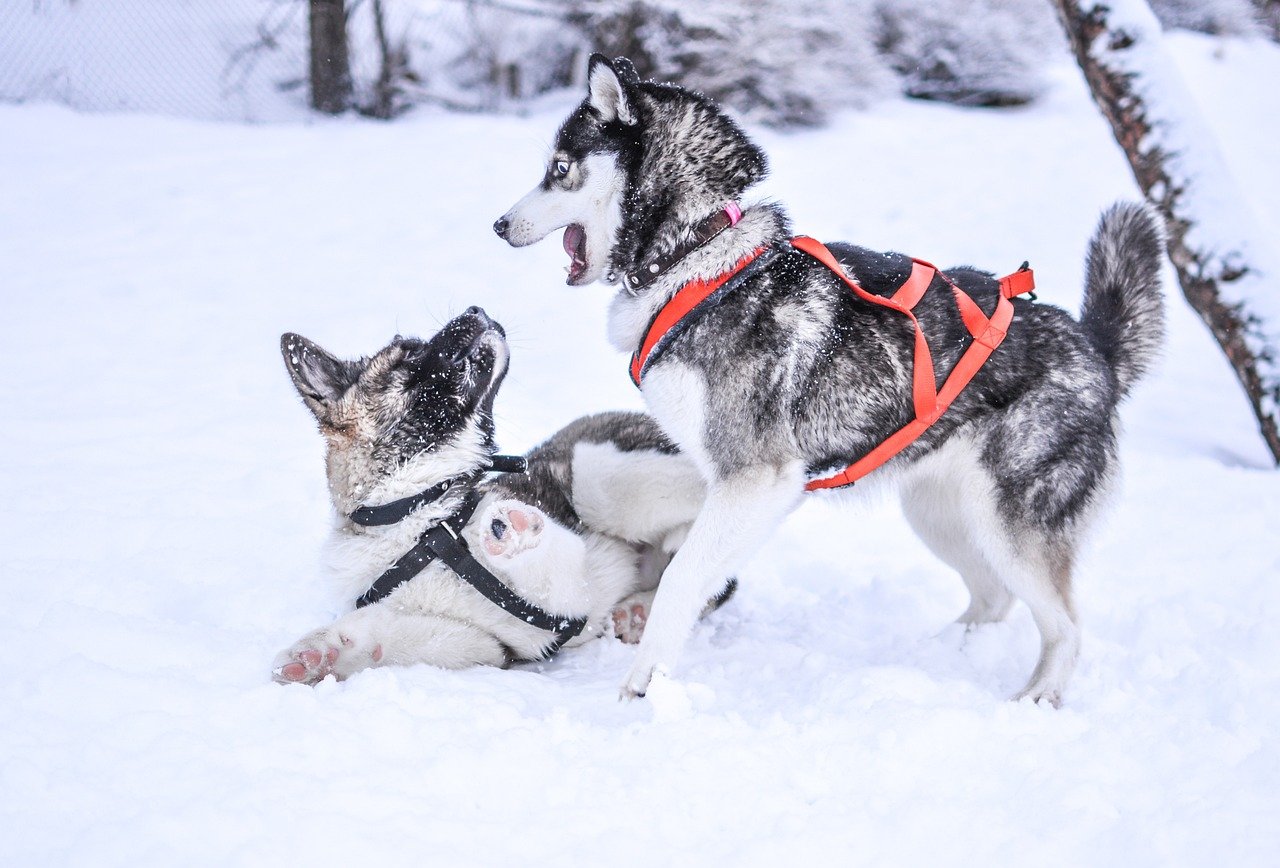Have you ever locked eyes with your dog and wondered what they were really trying to say? Sometimes their wiggly butts, tilted heads, or intense stares leave us guessing. The truth is, every breed has its own secret language—subtle signals, quirky postures, and expressive tails that reveal their thoughts and emotions. Get ready to unlock the hidden world of canine communication! Here are 15 dog breeds famous for their unique body language, along with tips on how to decode their silent conversations.
Border Collie: The Intense Stare and Poised Stalk

Border Collies are like the Shakespearean actors of the dog world—every move is deliberate and loaded with meaning. Their signature “eye” is a fixed, hypnotic stare, originally bred for herding sheep. When a Border Collie crouches low, eyes locked on you or a toy, they’re not being aggressive—they’re channeling their inner shepherd. Watch for a tense body, low tail, and forward ears; this means they’re focused, alert, and ready to act. If your Collie starts circling or “stalking” you in the yard, it’s just their way of inviting play or showing excitement. Recognizing these signals helps you respond with the attention and engagement they crave.
Shiba Inu: The Dramatic “Shiba Scream” and Foxy Tail Curl
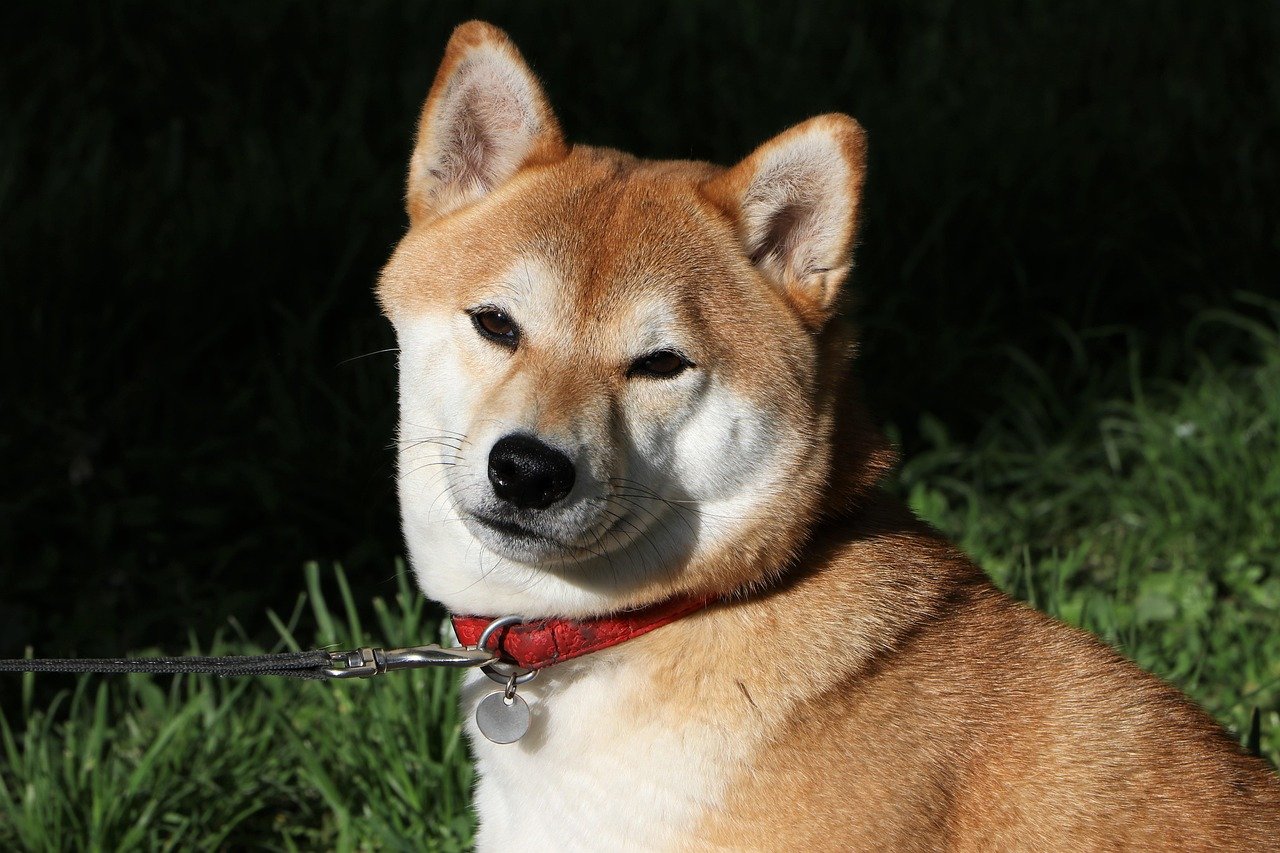
Shiba Inus are tiny drama queens in fur coats. Their most famous body language isn’t just visual—it’s also vocal. The “Shiba scream” is a high-pitched yelp that erupts when they’re upset or overexcited. Along with this, their curly tails and upright ears signal confidence and curiosity. If a Shiba’s tail uncurls or droops, it’s a sign of stress or fear. Watch for sudden freezes or sharp head turns; these mean your Shiba is unsure or wary. Learn to read their unique mix of vocal and physical cues to keep your relationship joyful and stress-free.
Golden Retriever: The Full-Body Wiggle and Happy Grin
Golden Retrievers are the embodiment of sunshine—friendly, affectionate, and downright goofy. Their body language is easy to read: a wagging tail that sweeps their whole backside, a wide open-mouthed “grin,” and those soft, pleading eyes. When a Golden flops belly-up or leans their weight into you, they’re showing trust and love. If they suddenly freeze, lower their head, or tuck their tail, it means they’re feeling nervous or uncertain. Golden Retrievers thrive on connection, so respond to their wiggly greetings with gentle pats and kind words.
German Shepherd: The Alert Stance and Protective Lean
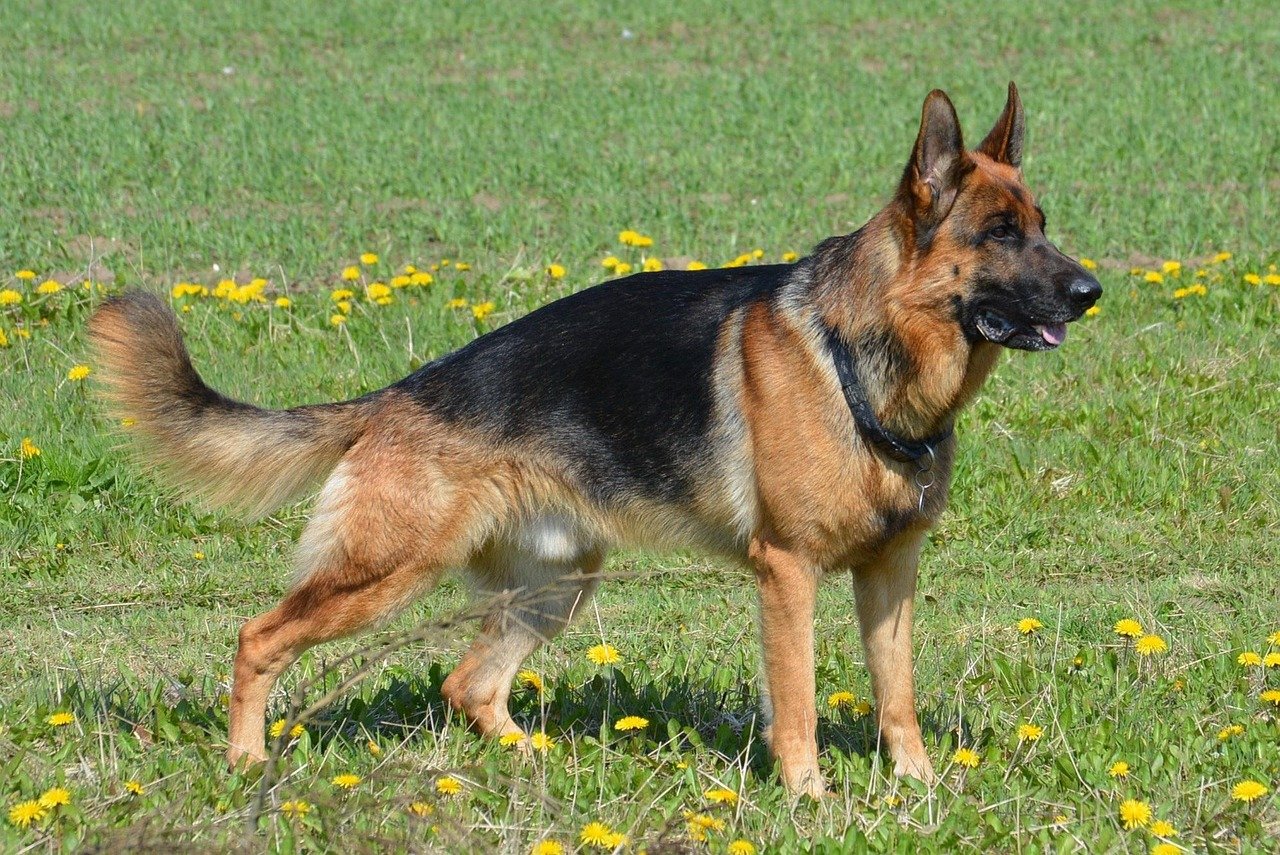
With their upright posture and intense gaze, German Shepherds broadcast confidence and readiness. When they stand tall, ears perked, and tail held straight, they’re on high alert—protecting their territory or watching over their humans. If your Shepherd leans against your leg, it’s a sign of loyalty and reassurance. Be mindful of a stiff tail, direct eye contact, or raised hackles; these can mean your dog is feeling defensive or threatened. Decoding these signals can help you keep your Shepherd calm and focused, even in stressful situations.
Cavalier King Charles Spaniel: The Gentle Head Tilt and Cozy Cuddle
These dainty dogs are masters of the “puppy dog eyes.” Their body language is gentle and endearing: a classic head tilt, soft ears, and wagging tail tucked close to the body. Cavaliers love physical contact, often pressing themselves against their favorite people or curling up in laps. A slow, sweeping tail wag means contentment, while a tucked tail or hunched posture signals anxiety. Watch for frequent eye contact and nuzzling—your Cavalier is expressing affection and seeking closeness.
Husky: The Expressive Howl and Play Bow
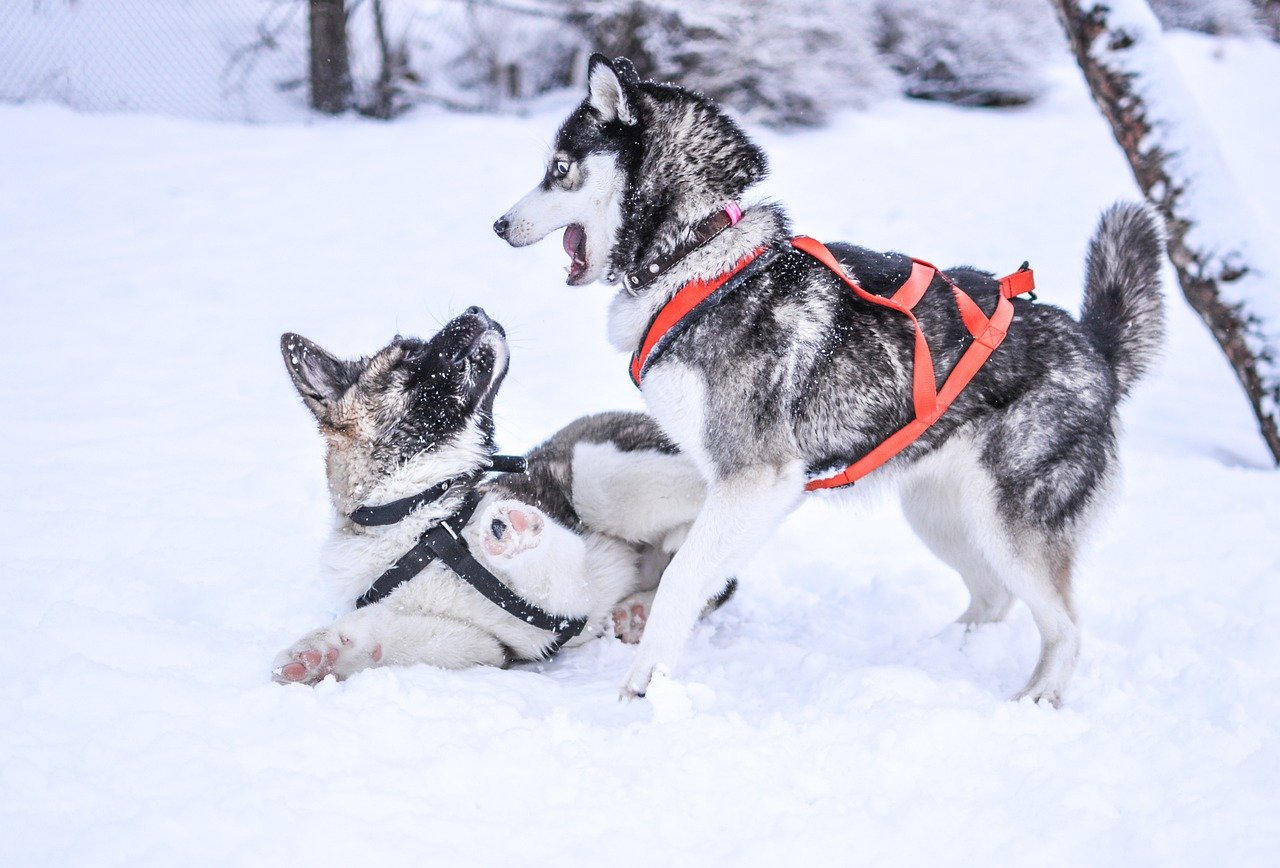
Siberian Huskies are famous for their over-the-top expressions and vocalizations. Their body language is an open book: lots of play bows (chest down, butt in the air), dramatic yawns, and “talkative” howls. When a Husky pins its ears back and grins, it’s usually inviting play or sharing excitement. A Husky that turns its back or avoids eye contact may be feeling independent or disinterested. Their exuberant gestures are usually friendly, but a stiffened body or snarled lip can mean irritation, so pay close attention to context.
Chihuahua: The Shiver and Tiny Stand-Off
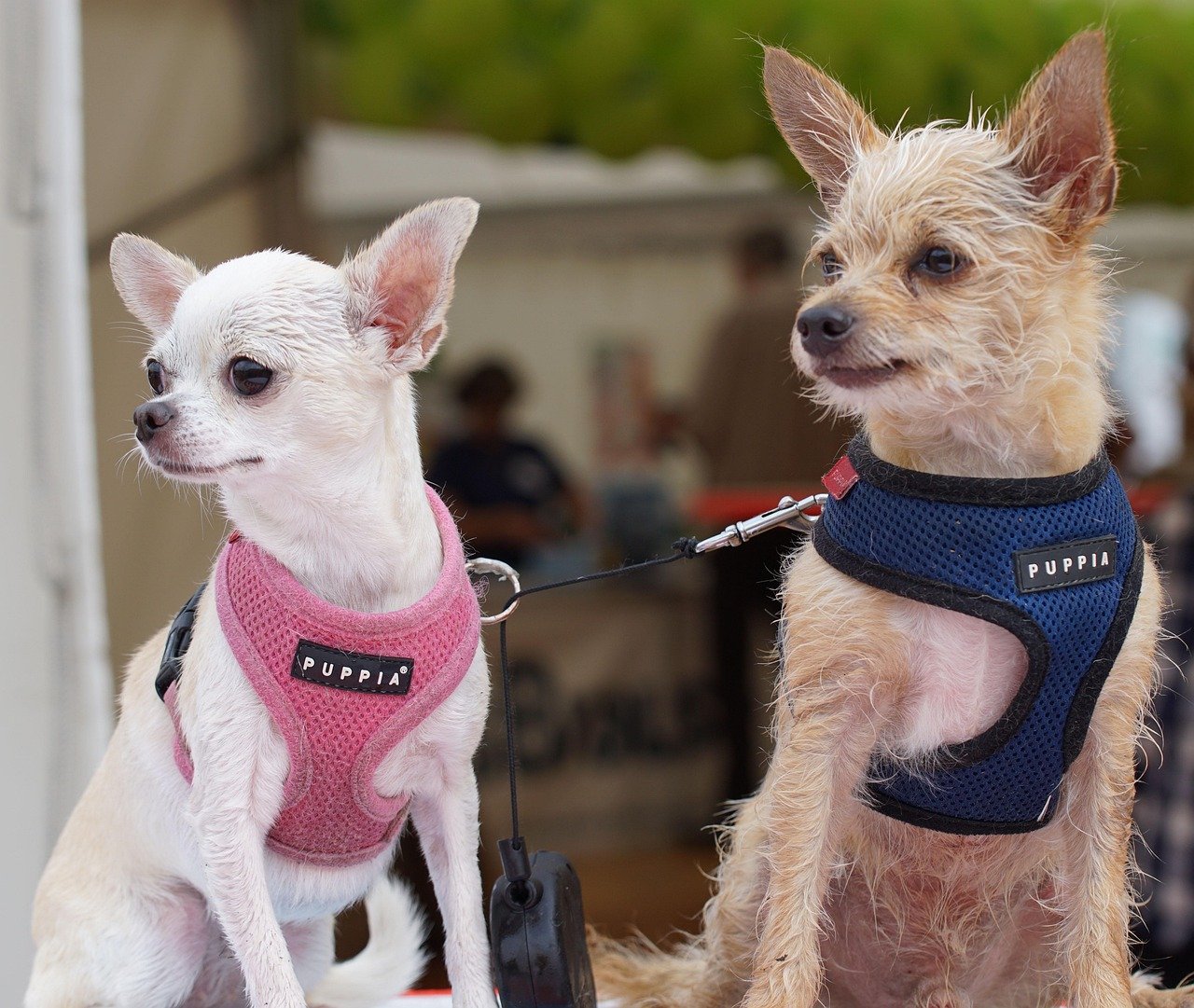
Don’t be fooled by their size—Chihuahuas have big personalities and even bigger body language. They often tremble when excited or nervous, and their upright tails and arched backs show alertness. If a Chihuahua stands tall and barks at strangers, it’s trying to assert its presence despite its small stature. A tucked tail, flattened ears, or hiding behind furniture means fear or insecurity. Offer gentle reassurance and avoid overwhelming them with too much attention all at once.
Boxer: The Bouncy Play Dance and “Kidney Bean” Wiggle
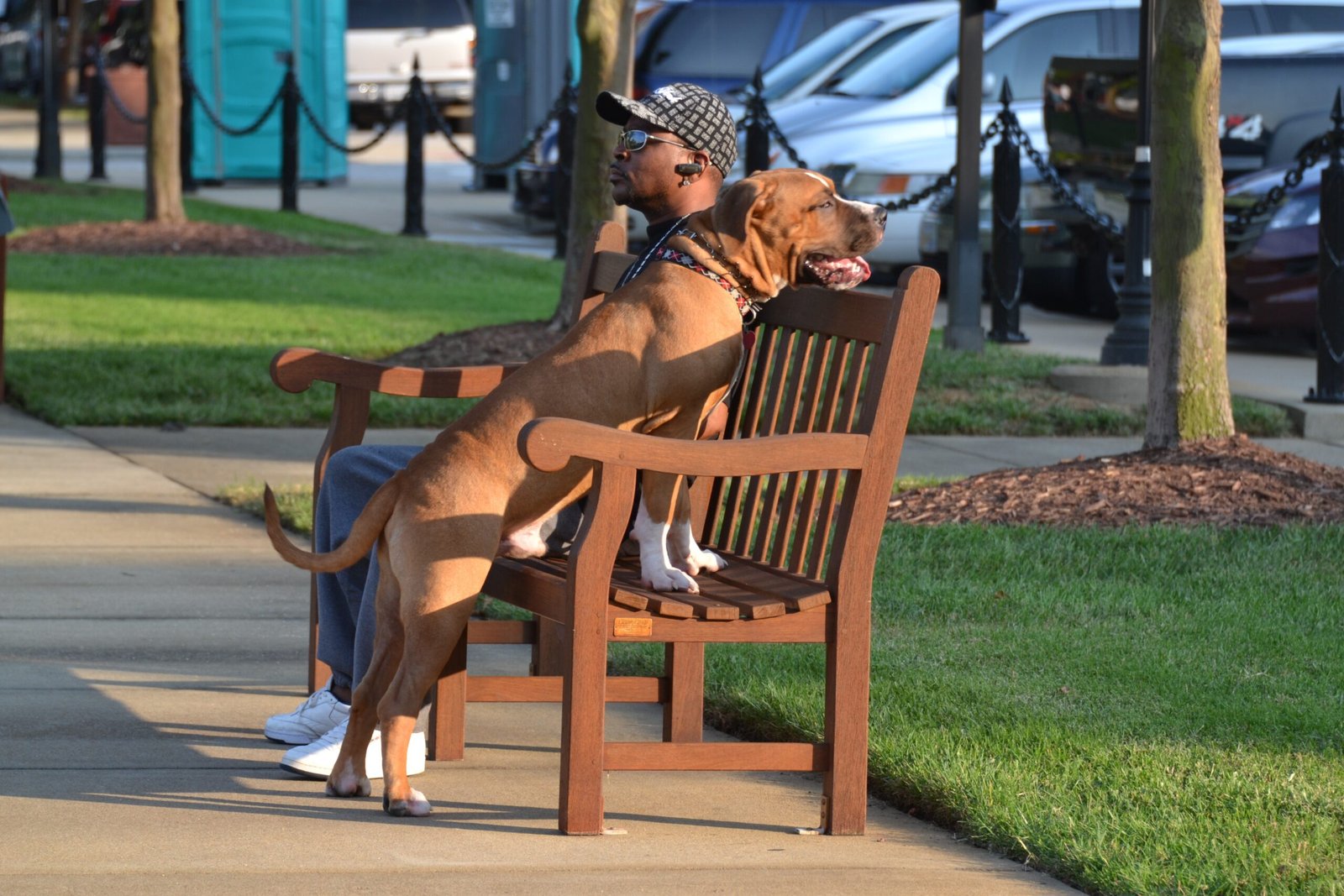
Boxers are eternal puppies, always ready for fun. Their most recognizable move is the “kidney bean”—a wiggly, sideways dance where their body curves into a C-shape. This, along with springy jumps and play bows, signals happiness and enthusiasm. Boxers use their paws to “box” their friends, both human and canine. If a Boxer lowers its head and whines or paws at you, it’s looking for attention. Be wary of sudden stillness, a tucked tail, or rigid posture; these are signs your Boxer may be feeling threatened or anxious.
Dalmatian: The Whirling Tail and Alert Gaze
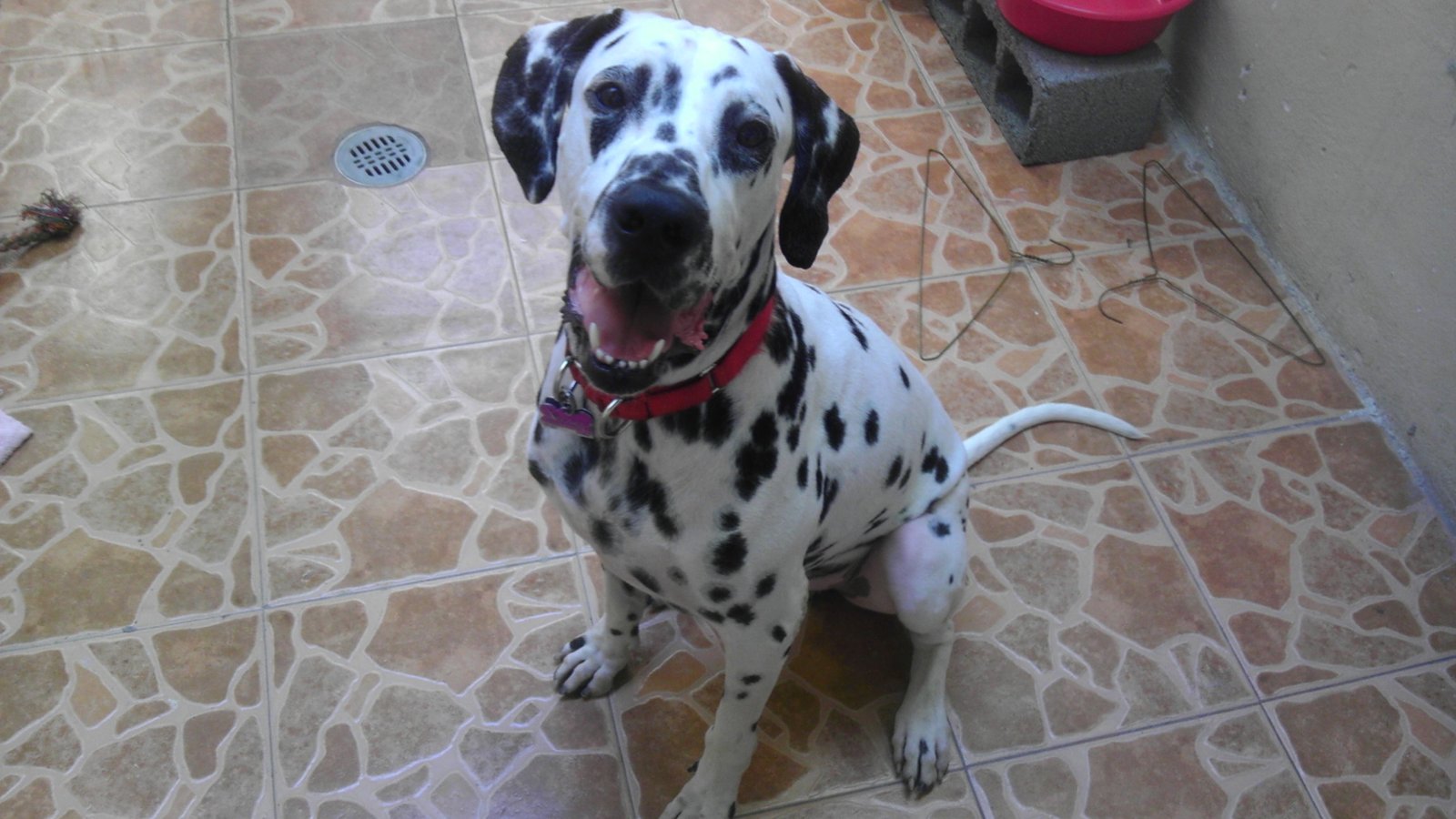
Dalmatians are bundles of energy, and their body language is just as lively. Watch for a tail that whirls like a helicopter blade when they’re excited, and an alert, forward-leaning stance when they’re curious. Dalmatians often tilt their heads and widen their eyes when trying to understand something. If their tail stiffens or they freeze mid-play, it could signal uncertainty or unease. Recognizing these cues is key to keeping your Dalmatian engaged and happy.
Beagle: The Nose-Down Stance and Melodic Bay
Beagles are ruled by their noses, and their body language gives this away. You’ll often see them with heads down, tails up, sniffing every inch of the ground. When a Beagle finds a scent, it may freeze, lift a paw, or emit a joyful bay. A wagging, upright tail means excitement, while a tucked tail or lowered head signals discomfort or fear. Beagles are vocal, and their howls often accompany their body language to tell you exactly what’s happening in their world.
Bulldog: The Slow Shuffle and Relaxed Sprawl
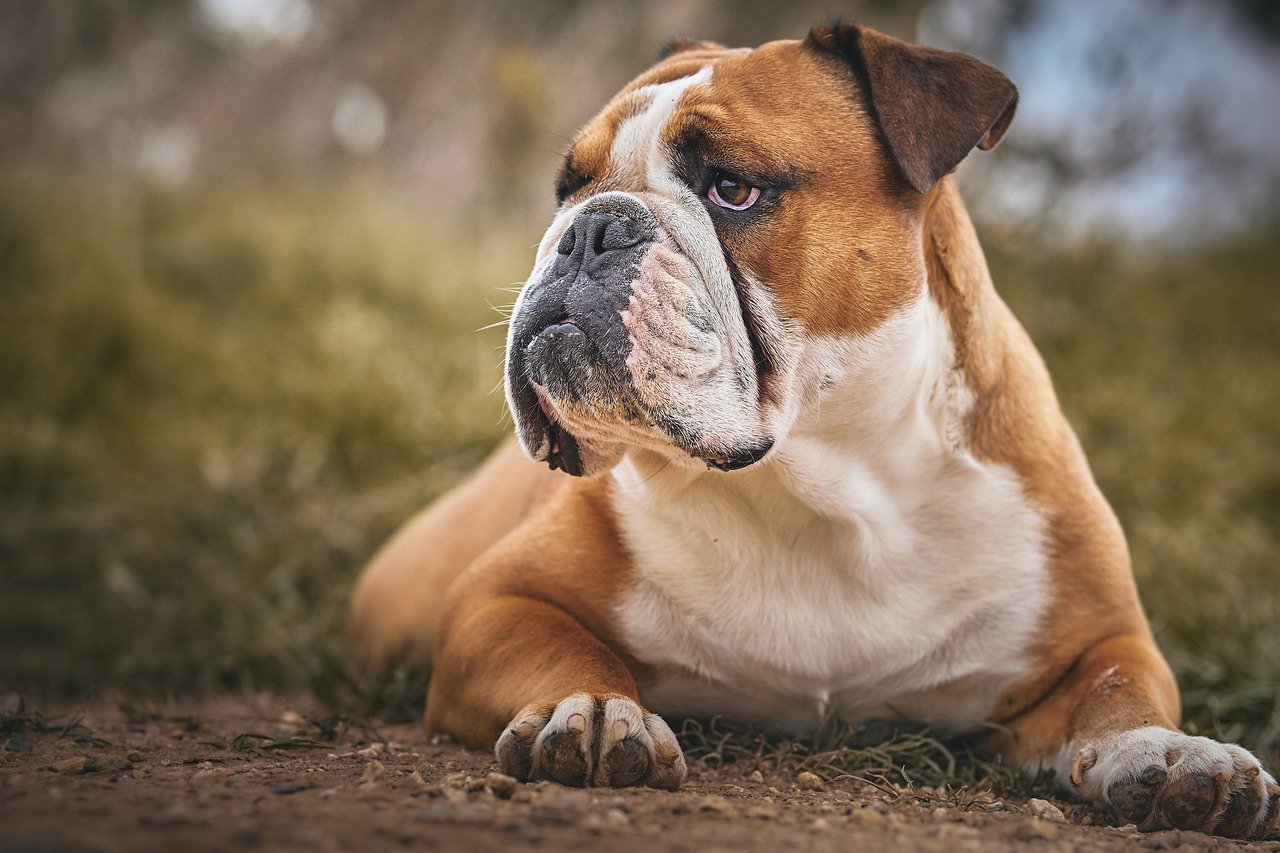
Bulldogs move at their own pace, and their body language is unmistakable. Their slow, deliberate walk, relaxed ears, and saggy facial expressions reveal a laid-back temperament. Bulldogs often sprawl out with legs splayed, a sign that they feel safe and content. If their breathing quickens, ears flatten, or they retreat from attention, it’s time to check for discomfort. Bulldogs rarely display aggression, preferring to communicate with gentle nudges and soulful looks.
Poodle: The Prancing Step and Attentive Ears
Poodles are elegant and expressive, using their entire bodies to communicate. Their signature “prance”—a high-stepping walk—shows confidence and joy. Poodles often hold their ears forward and cock their heads when curious. A wagging tail held high means excitement, while a low or tucked tail signals nervousness. If your Poodle bows or spins in circles, it’s inviting play. Watch for subtle changes in posture to catch early signs of stress or fatigue.
Great Dane: The Lean-In and Gentle Giant Posture

Great Danes, despite their size, are known for gentle, almost shy body language. They often lean their massive bodies against people as a sign of affection and trust. Their slow tail wags and relaxed, droopy ears indicate calmness. When a Great Dane sits on your feet or rests its head in your lap, it’s seeking closeness and reassurance. If you notice a tucked tail, sidestepping, or avoidance, it may mean your Dane is feeling overwhelmed and needs a quiet break.
Papillon: The Perky Ears and Butterfly-Like Grace
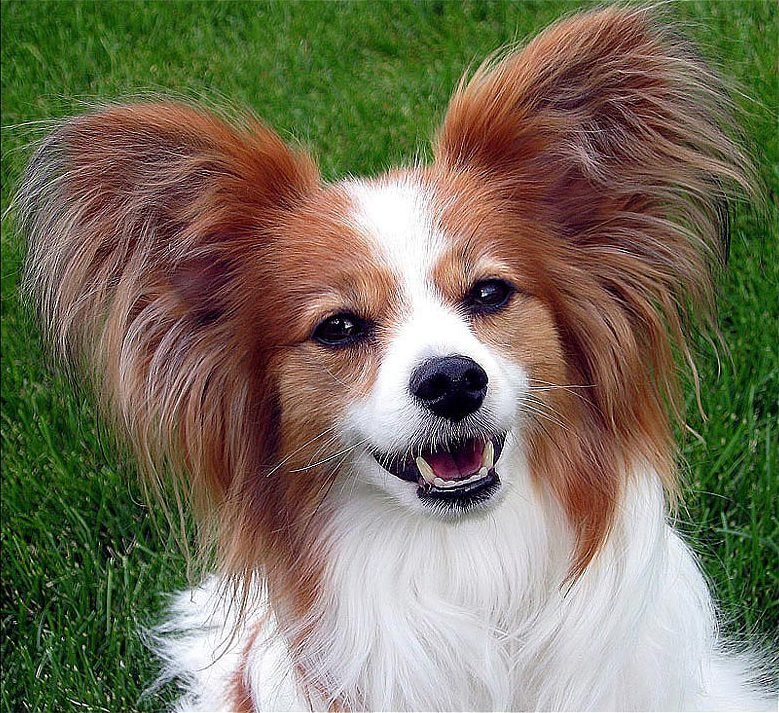
The Papillon’s name means “butterfly” in French, a nod to their large, fringed ears that perk and flutter with every emotion. These dogs use their expressive faces and agile movements to communicate excitement and curiosity. A Papillon that bounces on its toes or spins in circles is inviting play. If their ears flatten or they huddle close to you, they’re seeking comfort. Pay attention to these delicate cues to keep your Papillon feeling safe and happy.
Akita: The Reserved Gaze and Silent Communication
Akitas are famously stoic, often preferring to communicate with subtle signals rather than exuberant displays. A steady gaze, upright posture, and tightly curled tail show confidence and authority. If an Akita stands between you and a perceived threat, it’s protecting you. Watch for a lowered head, averted eyes, or a slowly wagging tail—these mean your Akita is cautious or uneasy. Their quiet strength is best respected with patience and gentle encouragement.
Corgi: The Happy Wiggle and Expressive Ears
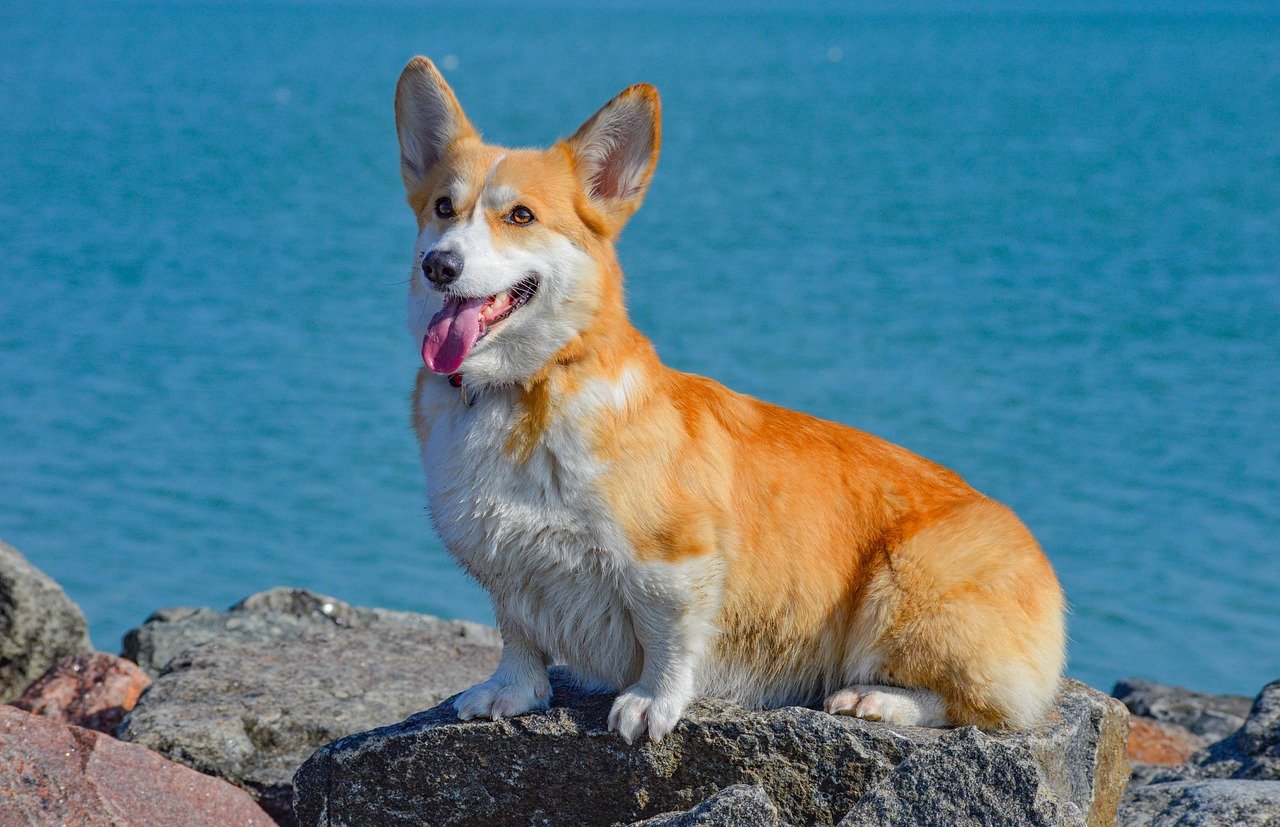
Corgis pack a lot of personality into a short frame, and their body language is endlessly entertaining. Their signature move is the “Corgi wiggle”—a wobbly, joyful dance that includes their entire backside. Corgis use their big ears as mood indicators: upright for alertness, flattened for worry, and flicked back for playful mischief. A Corgi that herds your ankles or barks while hopping around is showing excitement and a desire to engage. Recognizing these cues will help you bond with your Corgi and respond to their needs with confidence.

Linnea is a born and bred Swede but spends as much time as possible in Cape Town, South Africa. This is mainly due to Cape Town’s extraordinary scenery, wildlife, and atmosphere (in other words, because Cape Town is heaven on earth.) That being said, Sweden’s majestic forests forever hold a special place in her heart. Linnea spends as much time as she can close to the ocean collecting sea shells or in the park admiring puppies.

